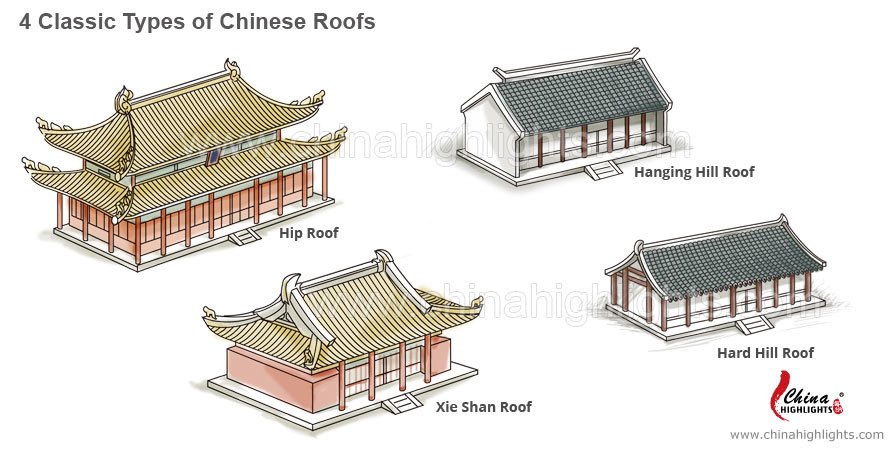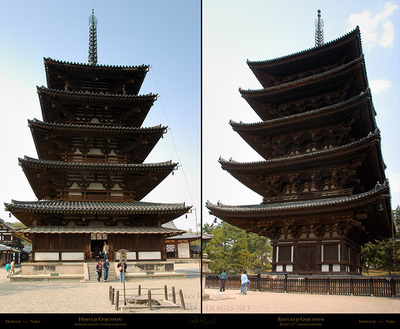China is willing to contribute more and we are now considering and studying a mid century long term vision for climate change including such issues as the peaking of carbon dioxide emissions and carbon neutrality foreign ministry spokesperson wang wenbin said at a press conference on tuesday a day after china took part in a virtual.
Straight inclined roof in china.
Roof shapes differ greatly from region to region.
In contrast the suspended roof is helpful for preventing the rain from wetting the room.
A residence found in northwest china and in gansu and henan provinces.
Since the south part of china is raining therefore it is widely used in the south while the hard mountain roof is commonly used in the north.
Its structural significance had.
Residents hold rituals around a saint furnace in the middle of the main room.
Usages vary slightly from region to region or from one builder or architect to another.
The multi inclined roof had been an element of philippine architecture.
The most obvious feature is eaves overhanging the gable walls by three tenths of the wall.
Intricate roofs have many parts that incorporate several of the basic roof designs such as a gable roof sitting atop a gambrel or variations of the gable valley roof design using one or a variety of different types of roof trusses also see our very detailed diagrams showing the different parts of a roof truss.
They were third grade roofs after hip roofs and resting mountain roofs.
Also different architectural styles will use the same type of roof.
Roof terminology is also not rigidly defined.
Pavillion roof is commonly used on pavilions pagodas and so on.
Seen atop heritage structures this chinese inspired roof type was an architectural fixture during the spanish colonial era in the philippines.
Roofs with a single incline.
It is two storied with stairs corridors and balconies.
These roofs are used in higher class constructions from the dwellings of wealthy commoners to palaces.
Roofs with 2 or more sections of incline.
Multi inclined roofs are used in wealthy architecture whereas the largest roofs known as sweeping are usually seen only in temples and palaces although they are also sometimes included in the homes of the extraordinary.
They were one of the most frequently used roof designs for more well to do premises in china.
Hanging hill roofs 悬山顶 xuánshāndǐng have two straight overhanging slopes.
It is not windowed and its roof is covered with grass.
The most economical type of roof is a straight inclined roof which is common in the architecture of lower classes.



























